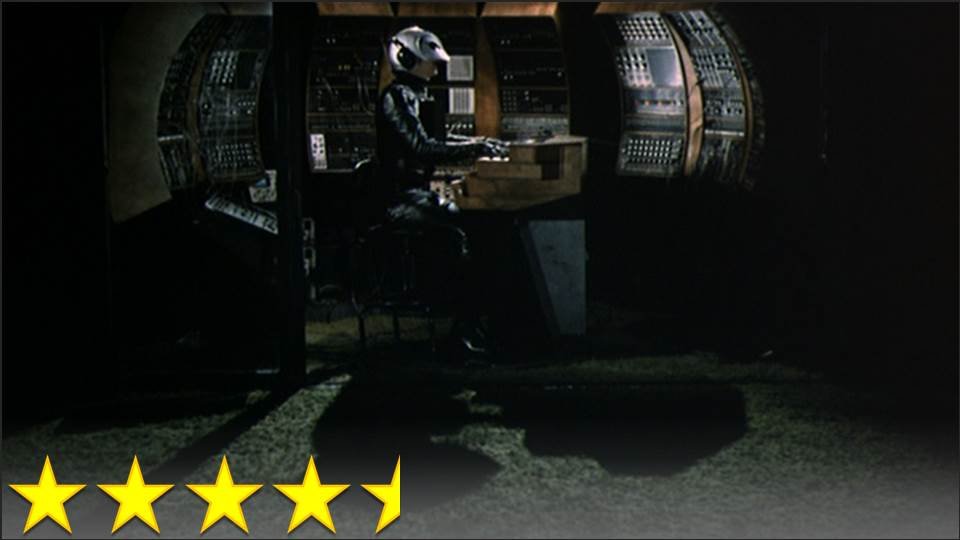Not a lot of people remember that this film was, for a while, a legend in Hollywood. Countless directors told the tale of “The Movie Made in Two Days.” The story goes that one filmmaker noticed that a set would be available on a studio lot for two days longer than it was needed, so he asked to have the set to shoot his own film on those two days. He then wrote the script for a relatively short feature film, put together a cast, rehearsed it with them, and then shot all of the footage in just those two days. One has to wonder, then, how does one make a feature in so short a time-span?
Easy: don’t worry about quality. The film doesn’t mind at all that it’s stupid and ridiculous – in fact, it loves its own stupidity. This was, after all, marketed as a comedy, which is only sensible since the idea of a low-budget horror movie about a talking plant is laughable. I think because it appreciates its own “campiness,” I’m inclined to appreciate it as well. The fact that it doesn’t take itself too seriously makes for a movie that’s loads of fun, and that even has a few moments here and there that I wish could have been in its sacred remake (for example, I love the clever use of the cartoon drawing for the credits).
It may be stupid, but it’s also smart, and that’s why it’s more than deserving of its status as a cult classic.





